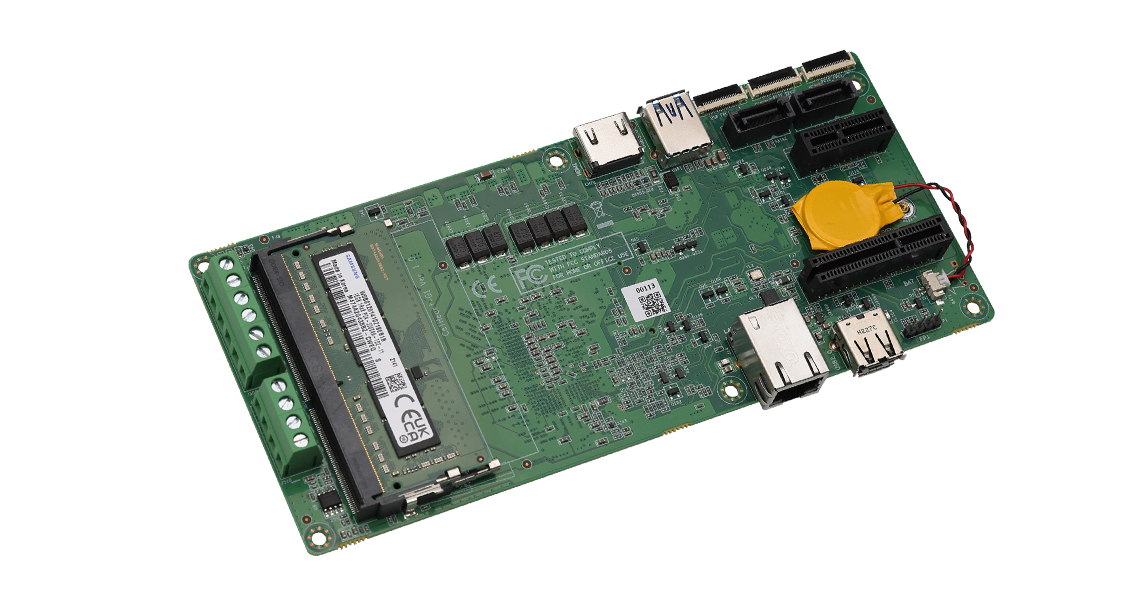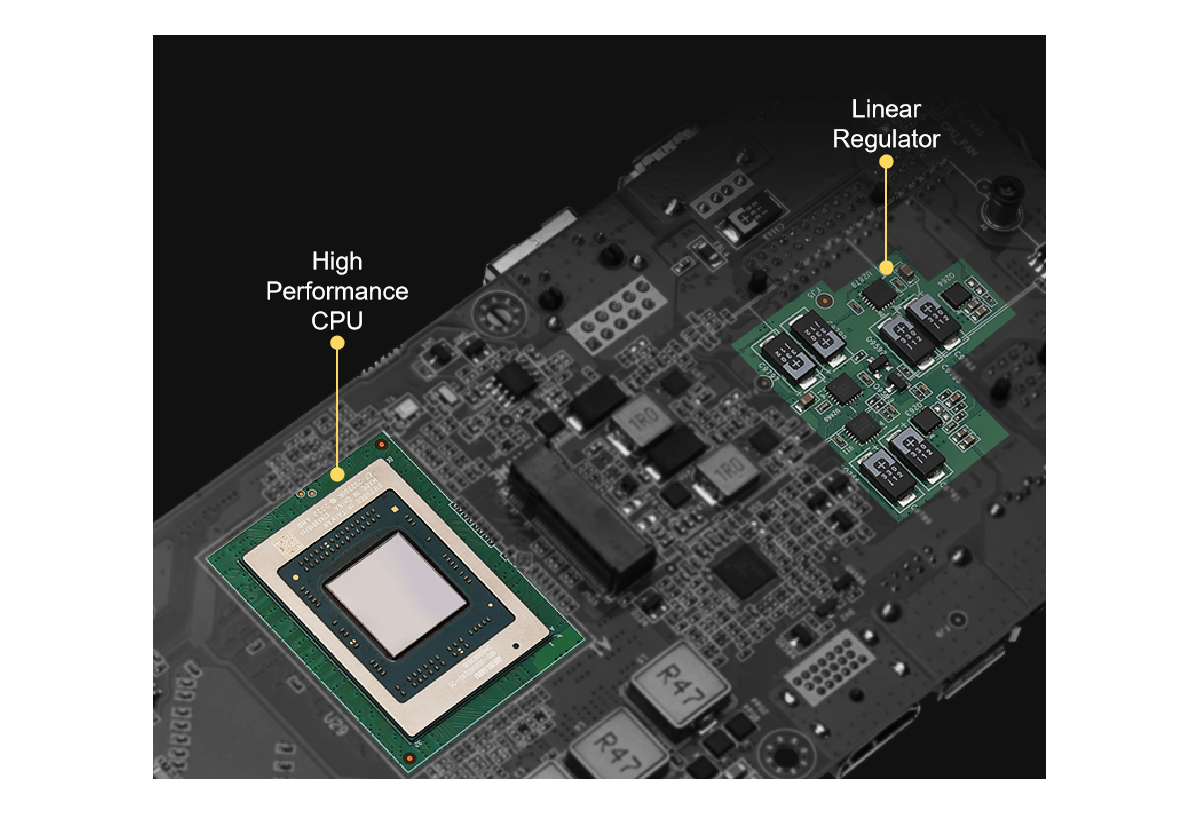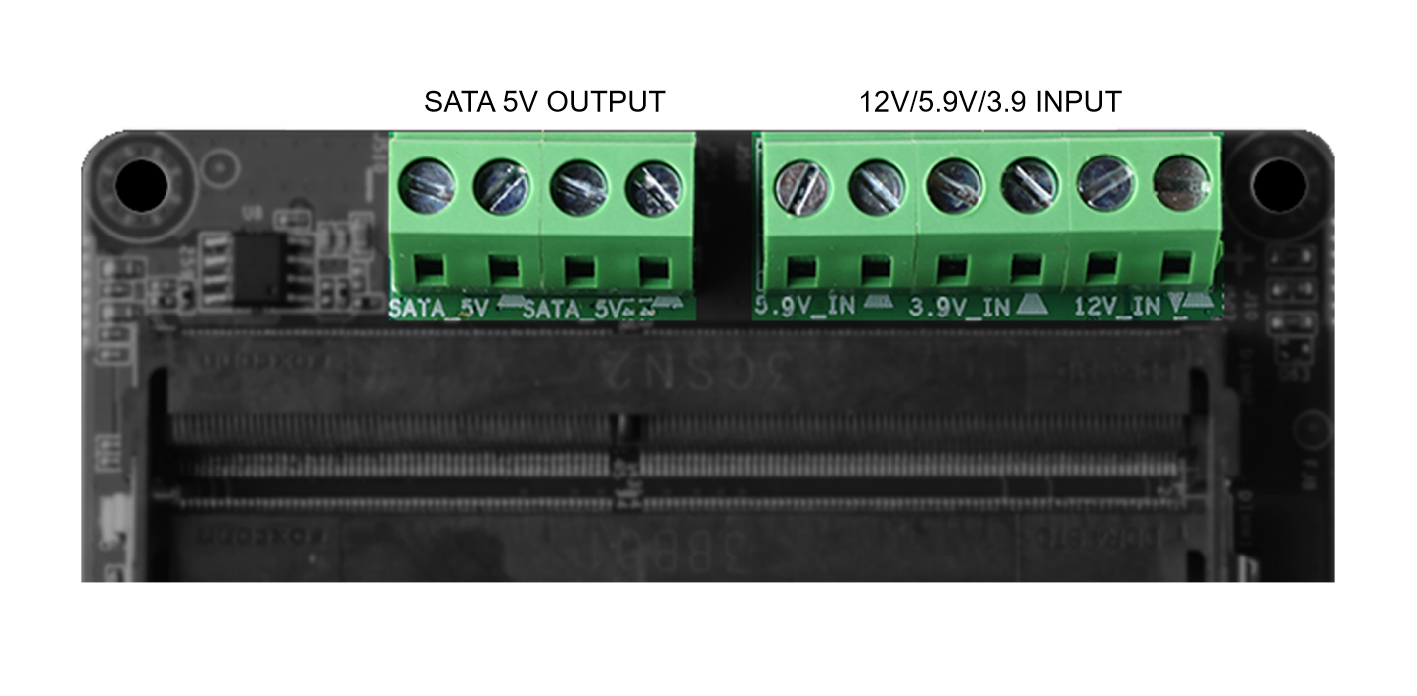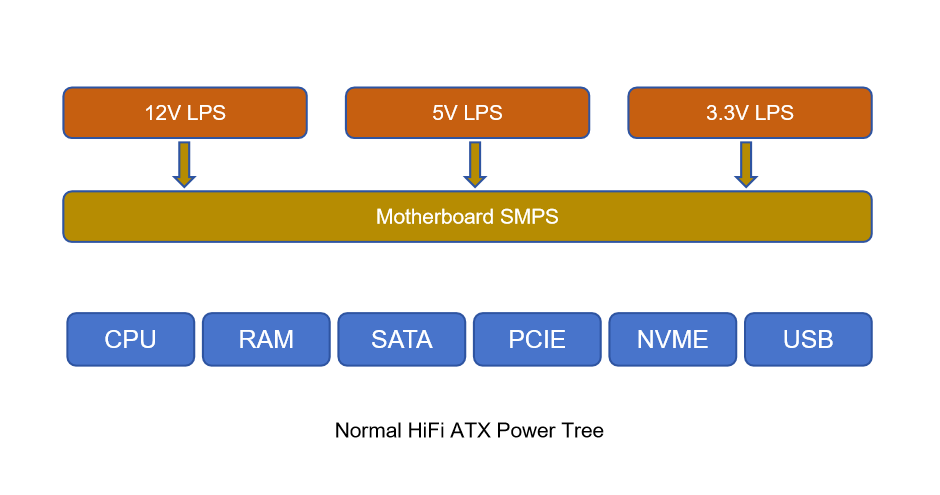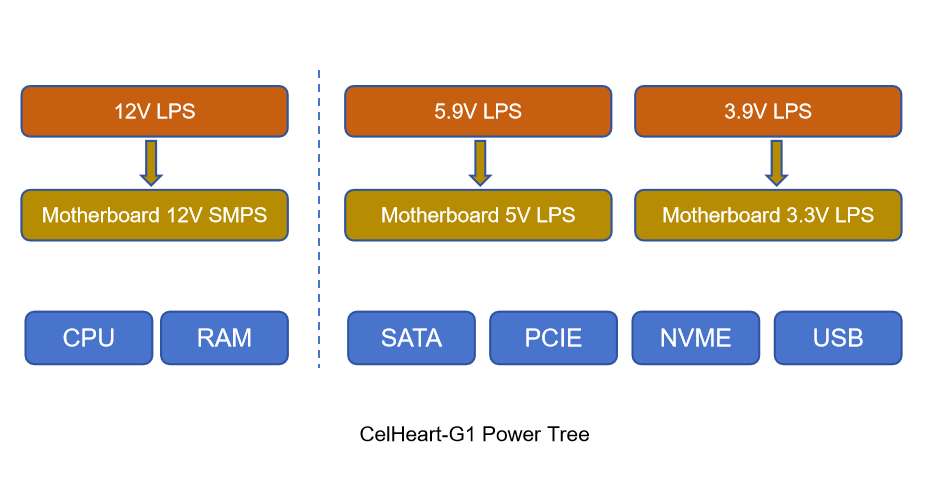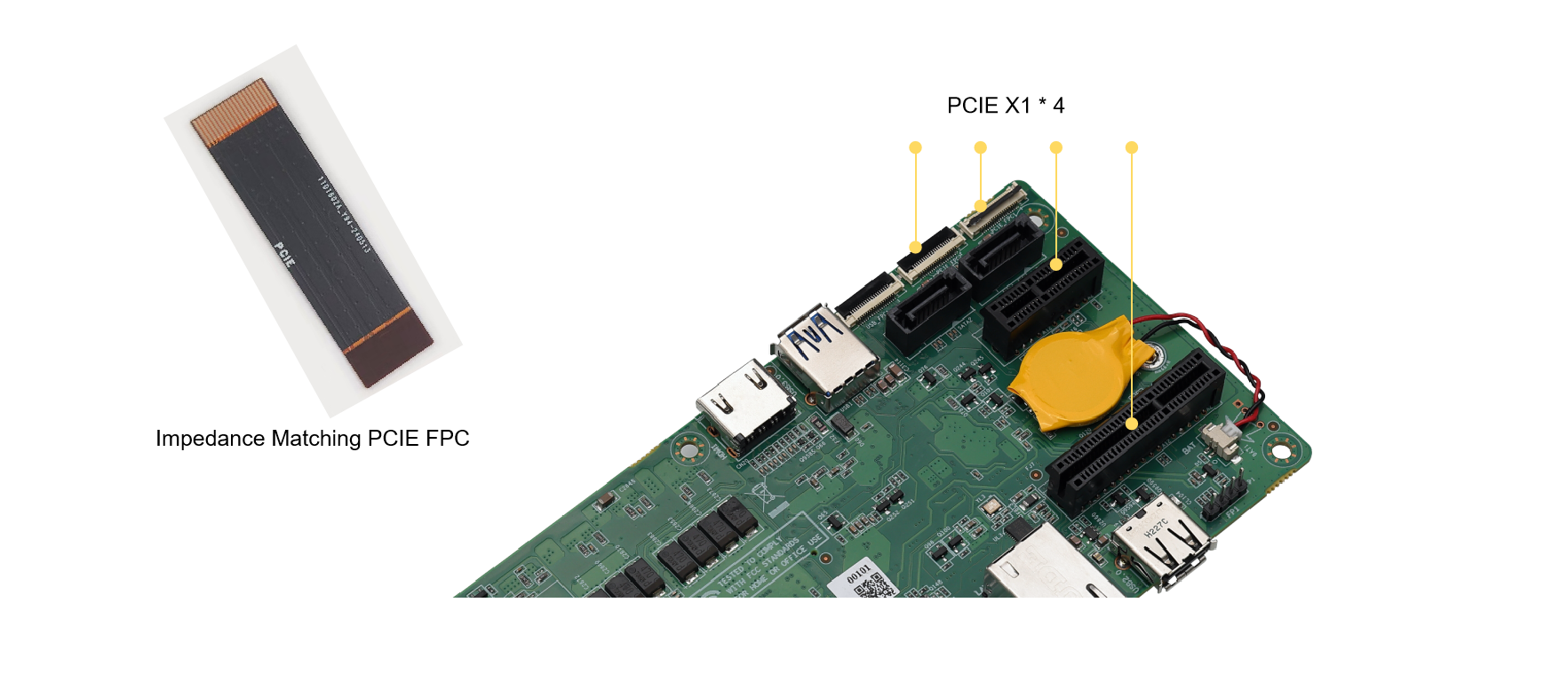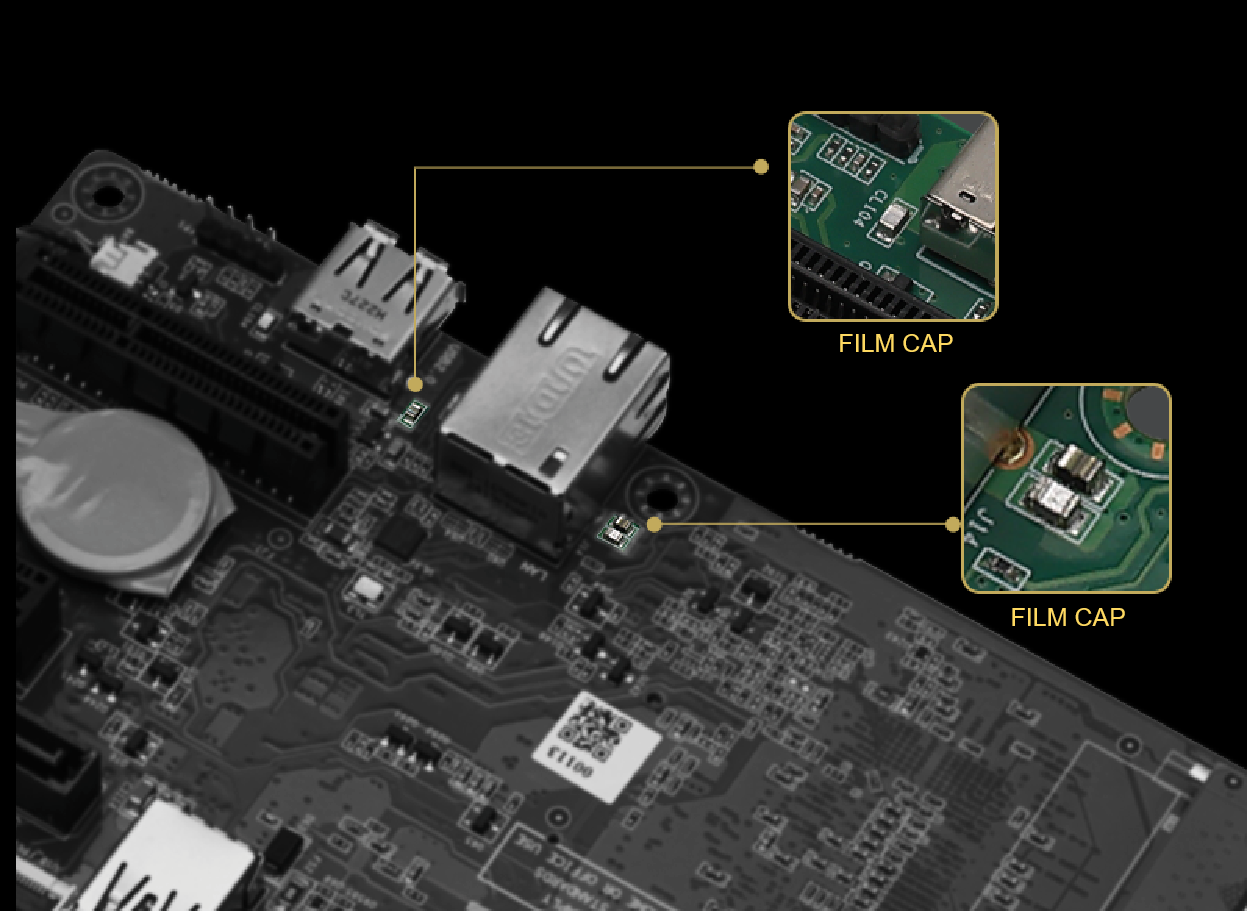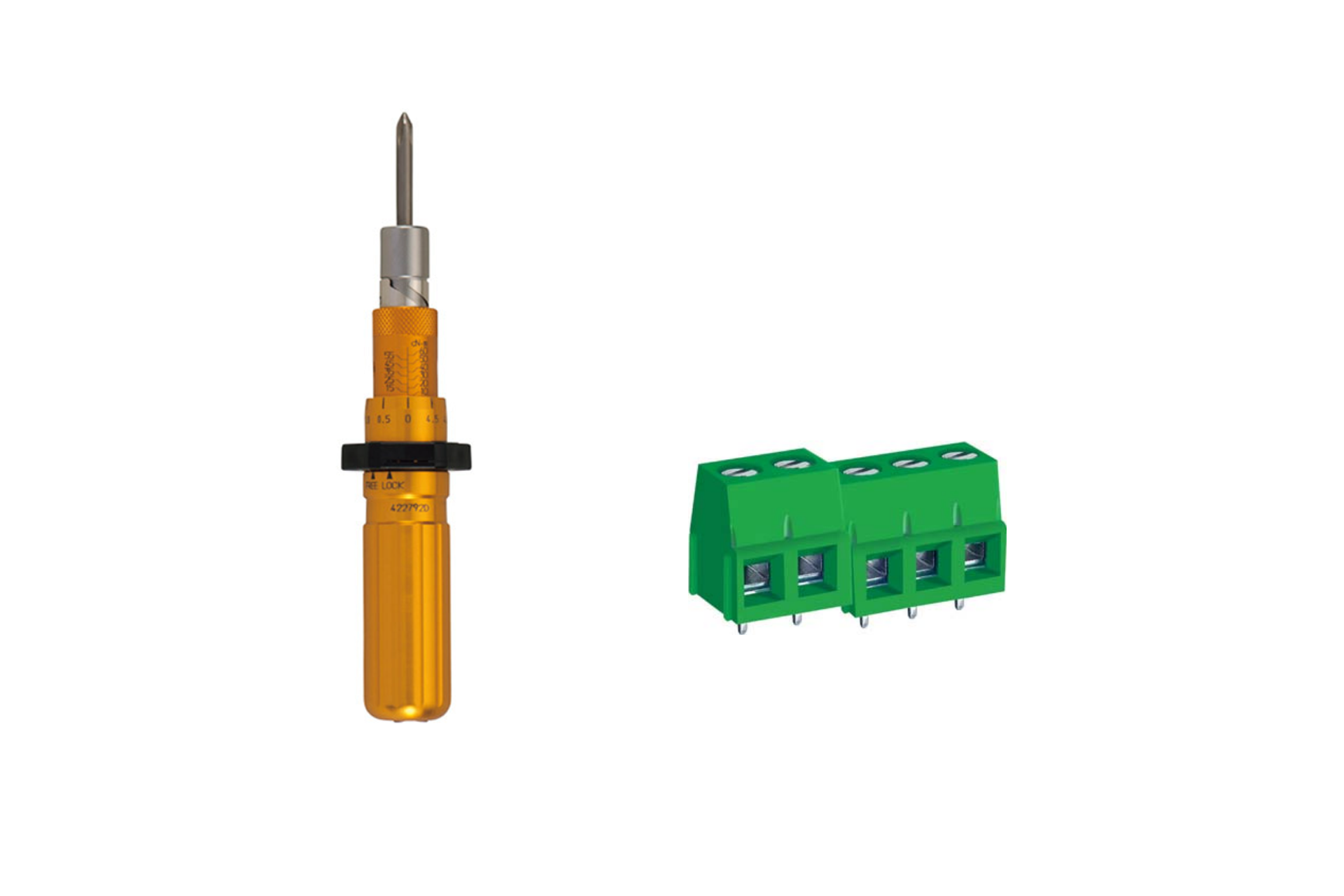The Design Challenges of X86
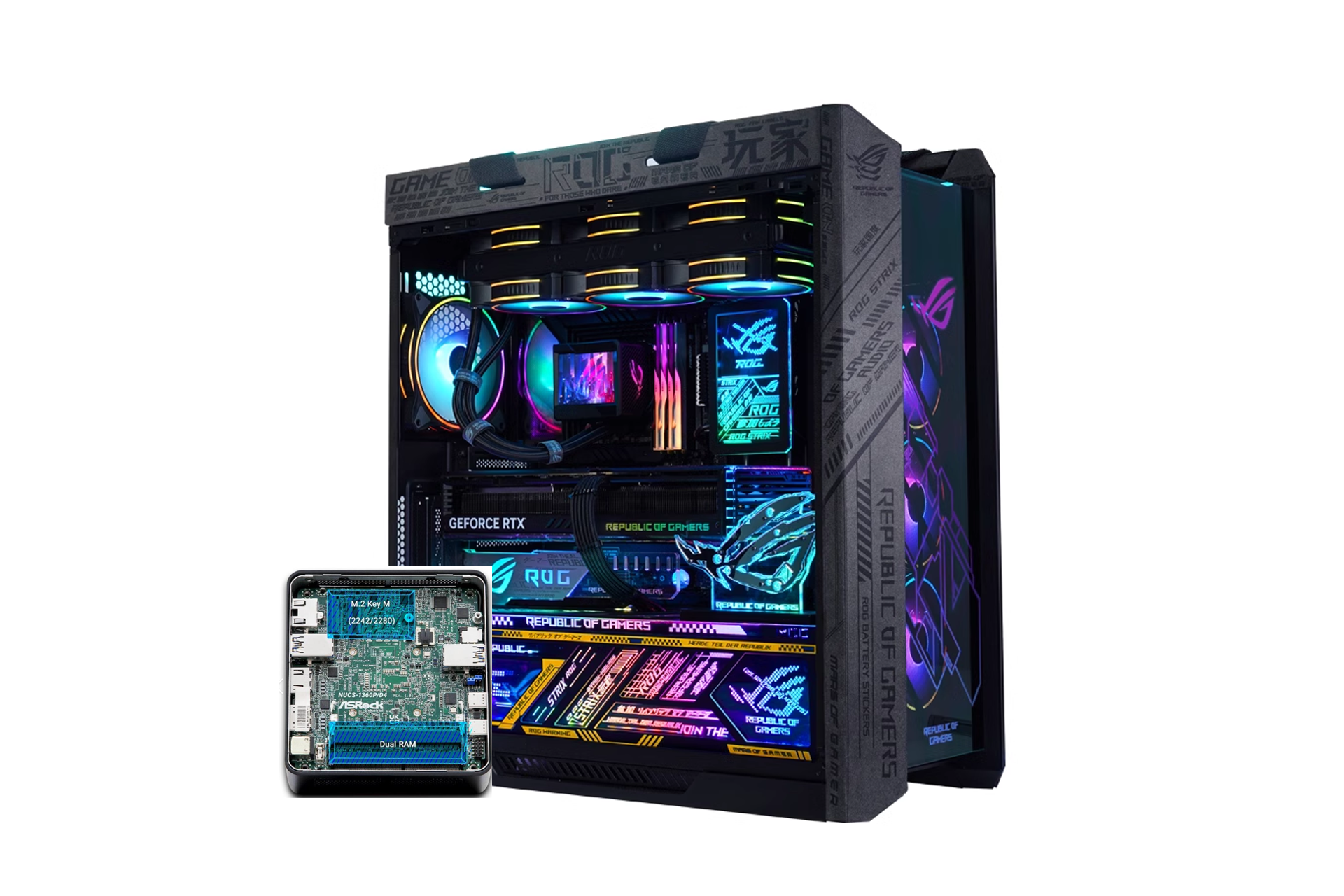
At present, almost all the global leader streamer adopt the X86 architecture. However, there are some inherent difficulties in using the X86 architecture to design HiFi systems. There are five major design difficulties in the X6 streamer.
Excessive power consumption: The X86 architecture, especially the high-performance X86, has a huge power consumption. And the high power consumption directly leads to difficulties in power supply design. The low-power X86 platform, like ATOM, the performance is also low. it loses the advantages of low latency and high performance, making it difficult to meet the requirements of some applications such as Roon Server. While the NUC is balanced in performance and power consumption, But the NUC is a single-channel 12 - 19V power supply, and the entire board is powered by on board switch power supply, which has problem of I/O interference compared to the ATX architecture. At the same time, the PCIE of the NUC is not enough to meet the design requirements of the high-end HiFi system playback.
Heat dissipation: High-performance X86 hosts generate much more heat than ARM platforms and ATOM platform. This increase in circuit thermal noise impact sound quality so much. Due to reasons of vibration and circuit noise, the HiFi system cannot adopt an active heat dissipation system. Therefore, How to design a highly efficient passive heat dissipation system is a factor that must be taken into account.
Huge CPU current requirement and dynamic voltage regulation demand: The high-performance X86 CPU requires a lot current and dynamic voltage adjustment. This leads to the power supply of the CPU and RAM must be realized by a switching power supply. How minimize the swtich noise is a problem that must be solved.
PCIE installation structure: In the standard X86 chassis, the PCIE card is vertically installed and is fixed only by a screw. This installation method is very unfavorable for the shock absorption design, and the shock absorption treatment is one of the key to get High end sound.
Too many peripheral hardware have an adverse effect on the sound quality: For example, The PWM (Pulse - Width Modulation) for adjusting the fan speed will generate a lot of noise, which will affect the sound quality. In X86 design, the sound quality is affected by a lot of peripheral hardware.


